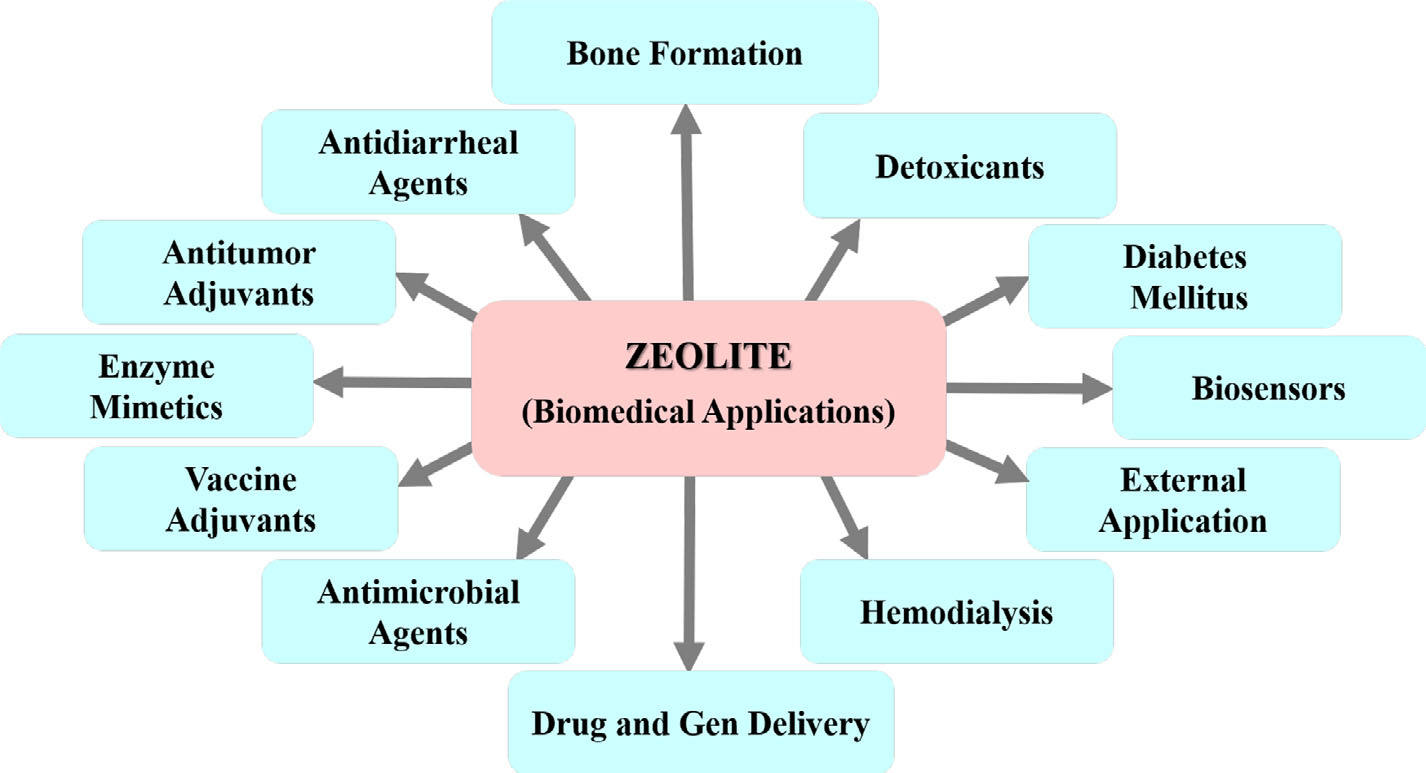As a microporous tectosilicate, zeolite has been well known for its potentiality in tissue engineering applications, especially when it comes to provide a biological microenvironment. However, research on zeolitic platforms for tissue engineering has not been classically presented. Herein, Payam Zarrintaj et al provide a review of zeolitic platforms employed in biological and tissue engineering applications.

Tissue engineering and regenerative medicine follow a multidisciplinary attitude to the expansion and application of new materials for the treatment of different tissue defects. Typically, proper tissue regeneration is accomplished through concurrent biocompatibility and positive cellular activity. This can be resulted by the smart selection of platforms among bewildering arrays of structural possibilities with various porosity properties (ie, pore size, pore connectivity, etc). Among diverse porous structures, zeolite is known as a microporous tectosilicate that can potentially provide a biological microenvironment in tissue engineering applications. In addition, zeolite has been particularly appeared promising in wound dressing and bone‐ and tooth‐oriented scaffolds. The wide range of composition and hierarchical pore structure renders the zeolitic materials a unique character, particularly, for tissue engineering purposes. Despite such unique features, research on zeolitic platforms for tissue engineering has not been classically presented. In this review, we overview, classify, and categorize zeolitic platforms employed in biological and tissue engineering applications.

Fig. 1 A summary of the zeolite nanocrystals used in biomedical applications.
Article Access: https://onlinelibrary.wiley.com/doi/10.1002/mco2.5
Website for MedComm https://onlinelibrary.wiley.com/journal/26882663
Looking forward to your contributions.






